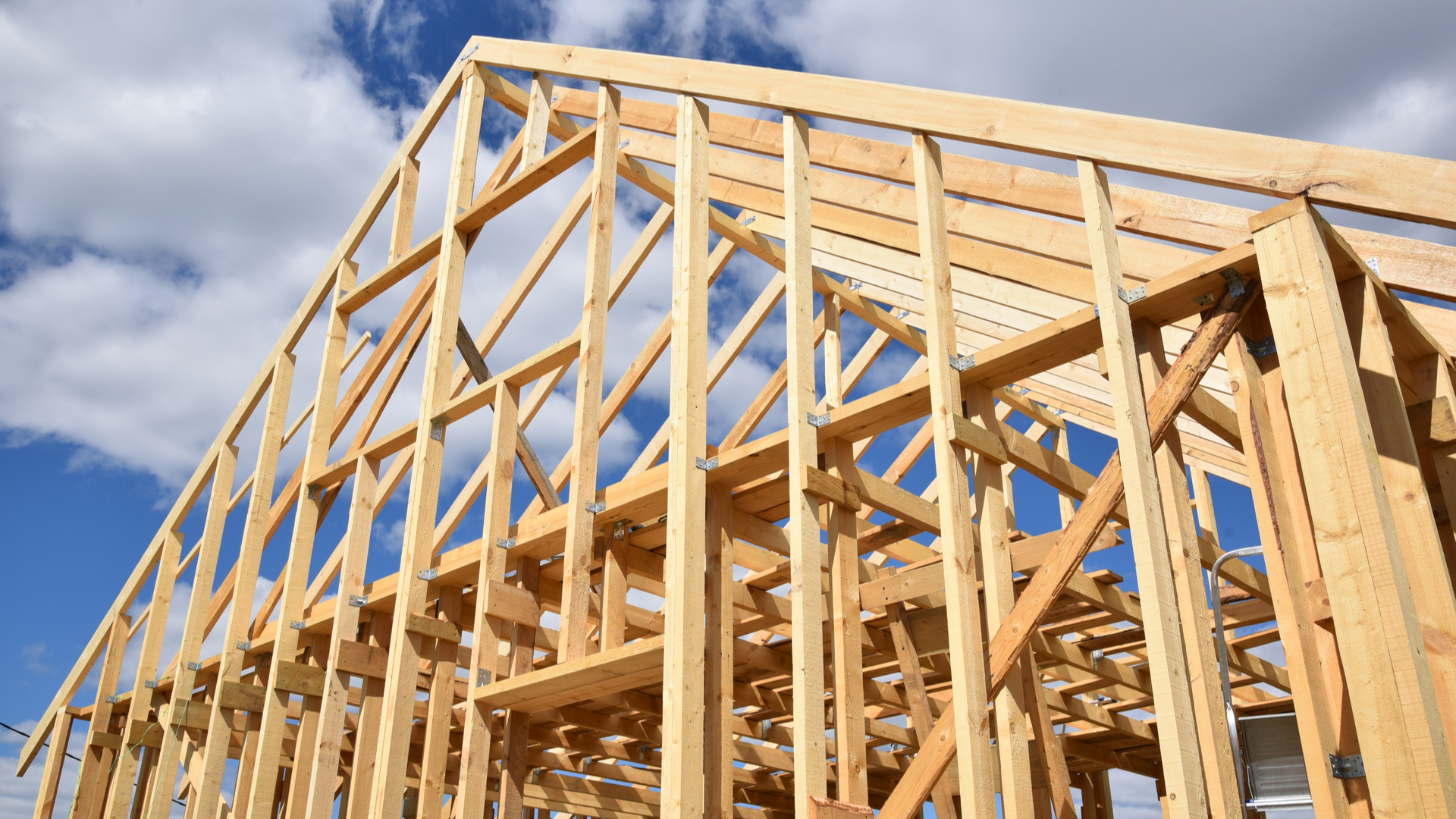In this article:

Construction loans are used to finance different home projects, including building your home, significant renovations or property improvements, often with the hope of improving the property value when it comes time to resell.
The latest data released by the ABS showed that construction loans increased from almost $1.7 billion in Jan 2020, to over $4 billion in January 2021! There are obvious benefits to starting your own construction project on your home, like customisation and quality control, but being able to secure stable finances to fund the project can be absolutely critical to maximising the return on investment that you’re making in your property. So here’s what you need to be aware of when applying for a construction loan.
Constructions loan explained
A construction loan, as the name implies, finances the construction of a property.
They are typically used for new construction but can also be applied to renovations and additions as well. They offer borrowers an alternative financing option by releasing payments as the build progresses, rather than as a lump sum, like in a traditional home loan. It’s generally only when the project is finished that your loan then reverts to a regular home loan.
The two most significant distinctions between a regular loan and a construction loan are:
- When you are approved for a home loan, you receive the entire loan amount upon settlement, while a construction loan is received in stages, with payments from your lender being received at various intervals of the construction project.
- For a home loan, you have regular principal and interest repayments, which are due almost immediately upon settling the loan application. For construction loans, generally begin when the property or project is nearly finalised (which can often be a period of 12 to 24 months.
The stages of a construction loan
1. Applying for the Loan
When applying for a construction loan, a lender will assess your credentials as a borrower, as well as assessing your construction contract. Your application will require financial disclosures regarding your income, living expenses, the stability of your employment and you credit score so that the lender can determine what rates and repayment options may be available to you.
When assessing the construction contract, there are generally going to assess the likely increase in value to the property after the construction and, if it is an investment property, they will look at future rental yield.
Your builder will likely be required to provide documentation such as their construction licence, council approval for the works, insurance and a project outline or schedule.
So get prepared!
2. Payment phases
As mentioned, if approved for a construction loan, your lender will release staged payments as the project progresses and reaches certain milestones. A general list of milestones that lenders follow is:
- Site Preparation: Depending on your land, this could involve demolition work, site levelling, clearing of old debris, soil testing and other measures to prepare the site for construction.
- Foundations: At this stage, your builder will proceed with measurements for construction plans and designs. This will include putting in the concrete foundations of the home and drainage for the site.
- Framing: Often an exciting step in the construction of every home is seeing it start to take shape. During this stage, you will see the frames or the property’s internal and external support structure along with conduits for plumbing and electrical connections be set up.
- Lock up: As the name suggests, this allows for ‘lock up’ fittings like doors, windows and a roof! At this stage, all plumbing and electrical work can be initiated.
- Fit-out. The closing stages of the project often involve the internal fit outs for the kitchen, bathrooms, cabinetry and so on.
- Completion: This is nearly the final stage and involves painting and the last inspection to install any additional fixtures and appliances.
Payments can range from 5% to 20% at each stage and are often released as you are invoiced by your builder.
3. Repayments
As the project comes to an end and your new build is almost finished, your construction loan begins to operate like a regular home loan, requiring consistent payments. Be aware that lenders vary, and payments can begin at different stages, including the lockout stage.
Also, be aware that during the construction stage of your project, your lender might require you to make ‘interest only’ payments, but upon completing the project, your repayments will require both principal and interest repayments.
Our Tips
- Look for stable employment and income.
- Look after your credit score.
- Ask your broker about a construction loan with excellent and flexible features, like:
- Offset account
- Redraw facility
- Flexibility in construction time – 12 to 24 months
- The ability to pay-in more (with larger repayments)
- The option to repay more frequently than required
Construction loans can be quite complex, with different phases throughout the loan journey. To make the most of your home project, rely on expert guidance. Reach out to us for the best way forward as per your circumstances.
The information is a compilation from various sources for your benefit and should not be relied upon in lieu of appropriate professional advice.



